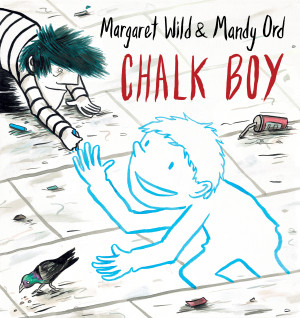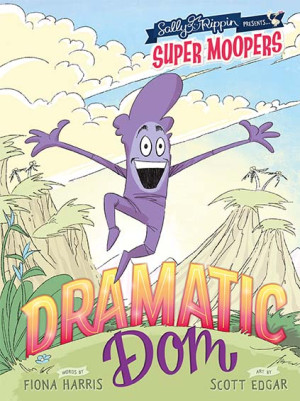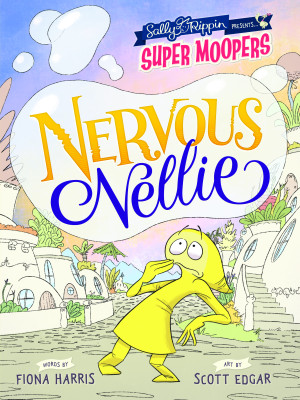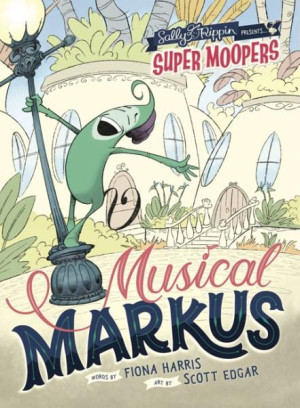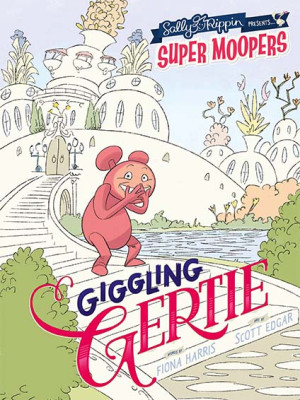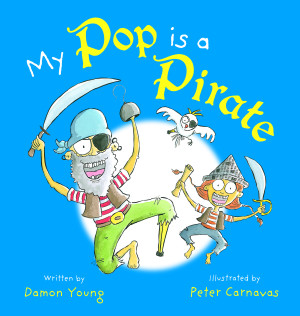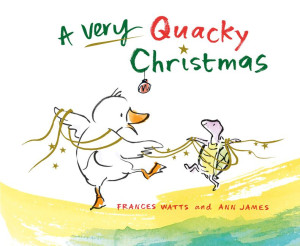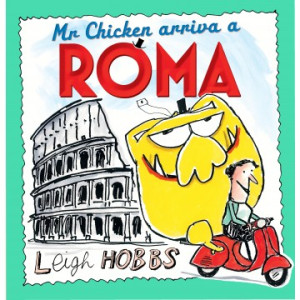

The incredible universe of comics & graphic novels
What’s in the Video?
Welcome to the AMAZING world of graphic stories – comic books, graphic novels, manga and other stories that use SEQUENTIAL art. Learn about the different kinds of graphic stories, and have a go at making your own!
Video Chapters:
00:00 Introduction
00:24 Meet the creators
01:05 What is graphic storytelling
03:10 Some special features of graphic stories
05:18 How to get started with your own graphic story
06:55 Final words of advice
07:53 Here’s what we’ve learned
 Learning Intentions
Learning Intentions
1. Learning about graphic stories, and some of the features of these stories.
2. Exploring ways to tell a short graphic story, and using the graphic storytelling features we have learned about.
3. Learning about our library collection, and discovering new books to add to our reading list.
SUCCESS CRITERIA:
1. Completed a three-panel graphic story and experimented with different graphic storytelling features.
2. Used descriptive language and intentional illustrations.
3. Listed some new graphic stories that I would like to read.
 Discussion Questions
Discussion Questions
PRE-VIDEO:
- Do you have a favourite comic or graphic novel? Why is it your favourite?
- What are some of the differences between a comic book story and a picture book?
- Think about how you read a comic or graphic novel. Do you read the words first, or look at the illustration, or a combination of both? How do you approach each page?
POST VIDEO:
- Mandy said that graphic stories are different to other kinds of storytelling because they rely on a reader’s understanding of a ‘world shown visually’. What do you think she means by ‘a world shown visually’?
- Bernard told us that comic books ‘work’ because the drawings make a comic funny or playful or beautiful. How many different kinds of graphic stories can you think of? What are some of the different illustration styles that you have seen?
- Mandy told us about some of the special features of graphic novels, and she used the word EMANATA. Do you remember what that was? (NB – the illustrative lines that show motion, sound, trajectory, vibration, smells or emotion). Can you think of examples where you have seen emanata used in graphic stories?
- Bernard told us about the classic comic book feature of PANEL BORDERS or FRAMES. What do you think the purpose of panels and frames is?
- Bernard explained that he often begins his graphic stories by ‘mucking around’ with ideas, and sometimes starts with just one panel. Why do you think creating a story this way could be useful? What could be challenging about starting a graphic story this way?
- Mandy said that it’s quite normal in graphic stories for lots of changes to happen along the way. What are some of the reasons a story might change and need to be revised ‘along the way’?
 Curriculum Links
Curriculum Links
ENGLISH Year 5-6
Language:
● Text structure and organisation: AC9E5LA03, AC9E6LA03
● Language for expressing and developing ideas: AC9E5LA07, AC9E6LA07
Literature:
● Examining literature: AC9E6LE04
● Engaging with and responding to literature: AC9E5LE02, AC9E6LE02
● Creating literature: AC9E5LE05, AC9E6LE05
Literacy:
● Analysing, interpreting and evaluating: AC9E5LY03, AC9E6LY03, AC9E5LY05,
AC9E6Y05
● Creating texts: AC9E5LY06, AC9E6LY06
LITERACY
Reading and Viewing:
● Understanding texts: Comprehension Level 7-8
Writing:
● Creating texts: Level 7-8
CREATIVE AND CRITICAL THINKING
Analysing:
● Interpret concepts and problems: Level 4
Generating:
● Create possibilities: Level 4
Reflecting
● Transfer knowledge: Level 4








